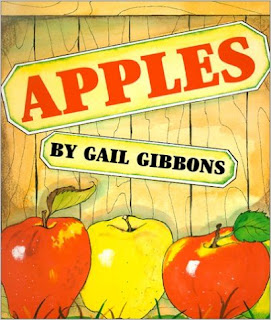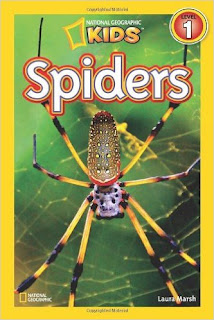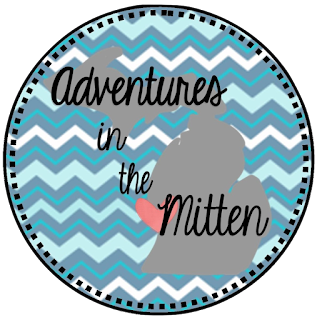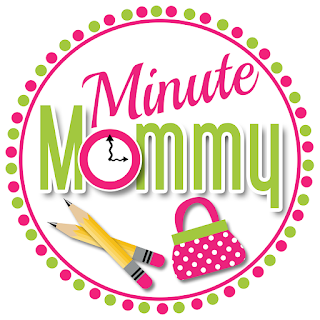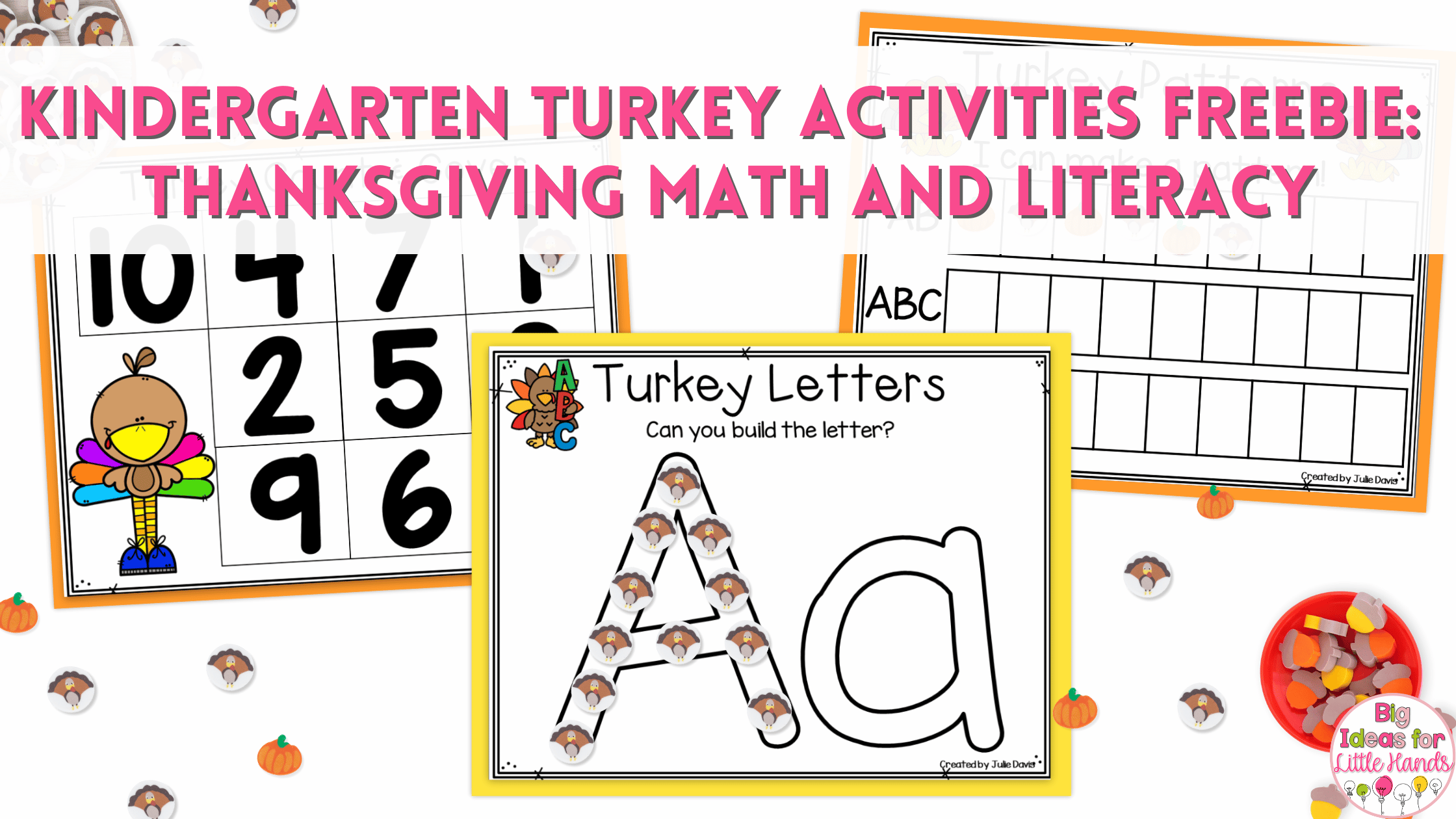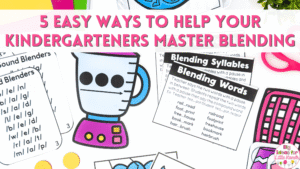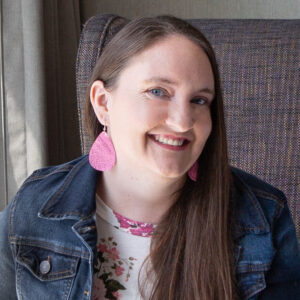1. Apples
2. Spiders
Confession time, I have a slight obsession with the National Geographic Readers Kids Series. If they published it, I own it. These, in my opinion, are the BEST non-fiction books especially for young readers. The pictures are amazing and the information is in kid friendly terms and easy to read. I LOVE these books.
This book tells you everything you need to know about spiders and gives detailed pictures of spiders and everything else about spiders. The kids absolutely love looking at the pictures of these creepy arachnids. After we learn about spiders, we put our new learning into action!
First we practice labeling a spider. This cam from my Flippy Flap pack that is full of information about Spiders and fun ways to record their learning. We love making Flippy Flaps with all of our themes! You can check it out below!
Then we dive into some more hands on learning about Spiders. Both of the next activities come from Deanna Jump. First, we read in the book that spiders do not stick to their own webs because they have an oil on their fur. So to test this, we first put our fingers onto masking tape and we stick to the tape! Now we dip our fingers in vegetable oil and magically, we do not stick to the tape. Just like spiders do not stick to their webs!
Then we wanted to figure out how spiders eat their prey. In our book, we learned that when a spider bites its prey, the venom turns the prey into a liquid so the spider can “drink” the prey. To test this, each child gets a prey, or sugar cube, and tries to drink it through a straw. When this does not work, we inject the prey with venom, aka water, then try to drink the prey. Success!!! These hands on activities really help students understand and remember these spider facts and they love them!!!
3. Bats
Here is another great National Geographic Kids Reader to add to your collection. Just like all of the other National Geographic Kids Readers, this one is full of information and amazing photographs. I have learned so much from these books and the kids just soak up every word of information that they hear. Before we read the book, I have the kids write down things they know about bats on sticky notes and place them on our bat. As we read the book, and other books throughout the week, we will add to our bat. If we find out a fact is actually not true then we will put in below the bat and write misconceptions. Great way to keep the learning going throughout the week.
Then the students will label the bats on their own and work on filling out the information in their weekly Flippy Flaps. We usually do one or two activities a day in our Flippy Flaps. You can check out the Bats Flippy Flaps below.
Throughout the week we also make a book of different bat vocabulary words. They love learning all of these big words and I love hearing them use them in everyday talk! This book came from Deanna Jump.
4. Pumpkins
Don’t you just love Pumpkin time! All the smells and yummy things to eat! This book is all about everything Pumpkins. And of course it is another National Geographic book. Told you I love them!!! This book is filled with amazing information about pumpkins and gorgeous photographs. The book goes into detail about how pumpkins grow and different things that you can do with a pumpkin.
After we read the story, it is time to dive into more hands on learning! We pass around a pumpkin and start with just the outside and tell about what the outside of the pumpkin looks like and feels like. Then it is time to cut the pumpkin open and dig our hands into the ooey gooey inside and describe what we see and feel. I love watching the kids expressions as they stick their hands into the pumpkin. We record all of the different words they use to describe their pumpkin onto chart paper.
Then we make our own pumpkin to label. We use string for the pulp and actual seeds for the seeds.
5. Penguins
Here is your winter bonus book because it was too good to leave out of the post. And it wouldn’t be right if I didn’t end the post with another amazing National Geographic Kid Reader. I seriously should work for them on the side, lol. This book is another one that will not disappoint. It is filled with information about what penguins eat, where they live, how they live, how they grow, and so much more. And it is filled with beautiful pictures of these cute animals!
Of course if we are going to read about penguins we have to make this cute little penguin guy 🙂 I got the template from a freebie by Miss Kindergarten Love.
Then it was time for our hands on fun! Penguins love to slide on the ice so we decided to test other objects to see if they would slide on the ice. We made predictions then tested our predictions on the frozen ice baking sheet! They experimented with this until every drop of ice was gone!
Then we talked about how polar animals stay so warm in the cold water. The polar animals are covered with a waxy layer that repels the water. But they also have blubber to keep them warm. We made a blubber bag to test this. I filled a bucket with ice water. Each kids got a glove then they put one hand into the ice cold water and the gloved hand into the blubber bag, filled with Crisco. They were able to feel that the blubber actually kept them warm in the cold water. They decided that they definitely need blubber to go swimming in the cold arctic water!
I hope you found some great books to add to your reading stash. Now head on over to Kari’s to get some more amazing non-fiction book ideas!
And head on over to Katie’s page to say thanks for this amazing link up!
Check out these other great Non-fiction resources!!!

